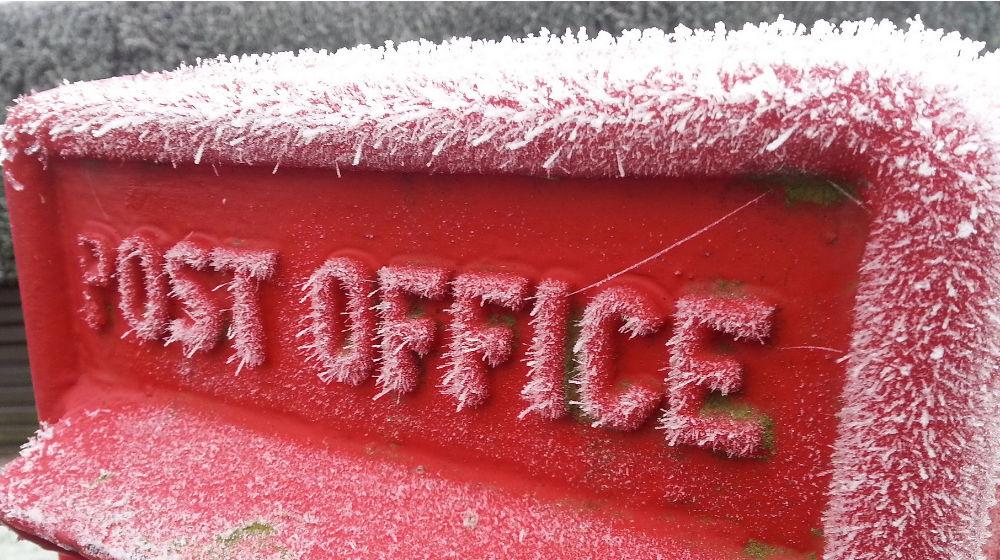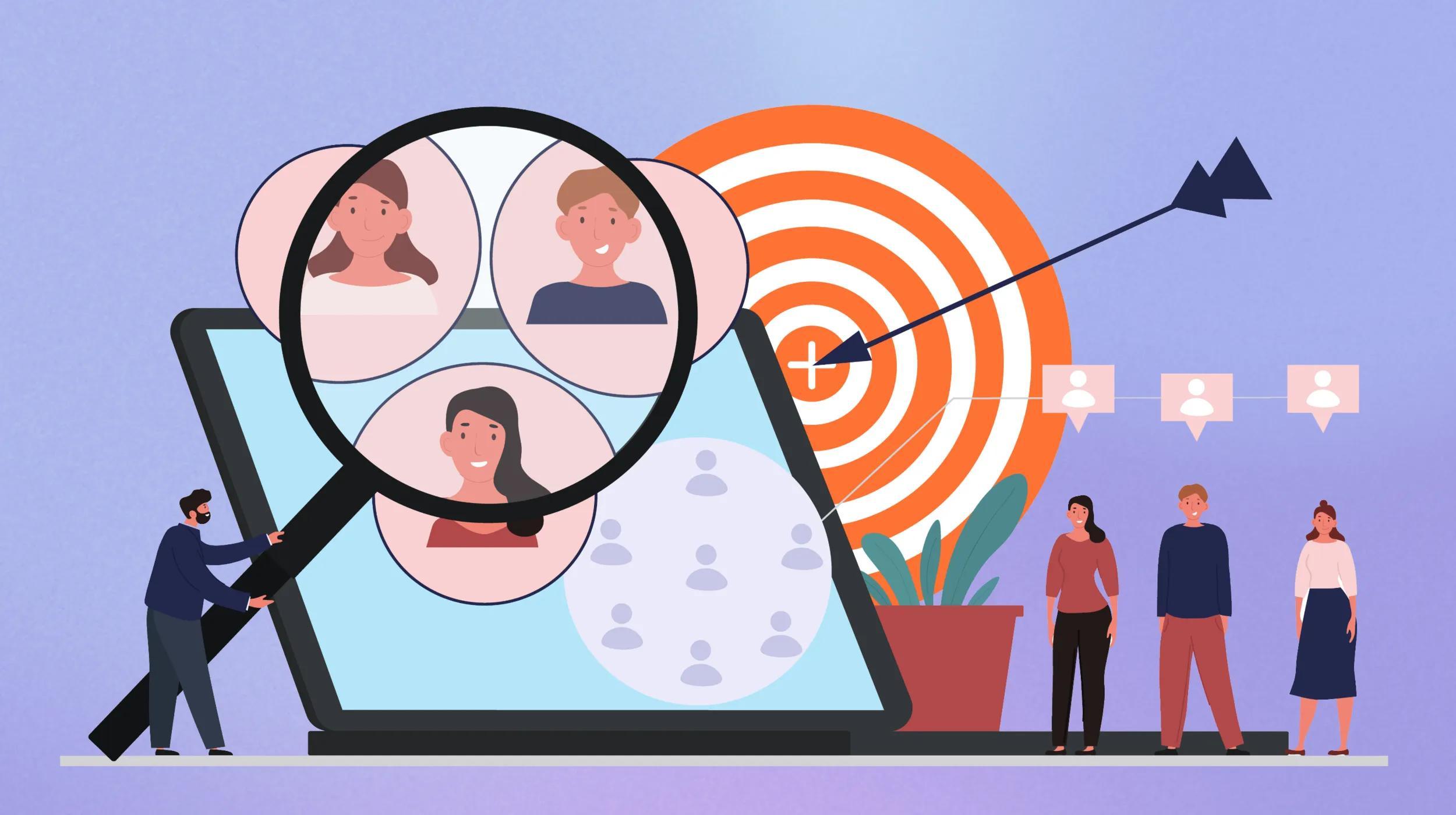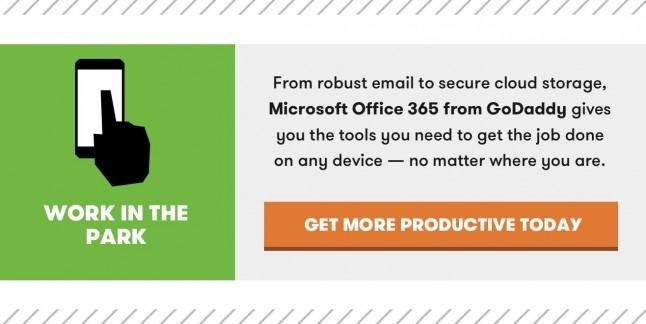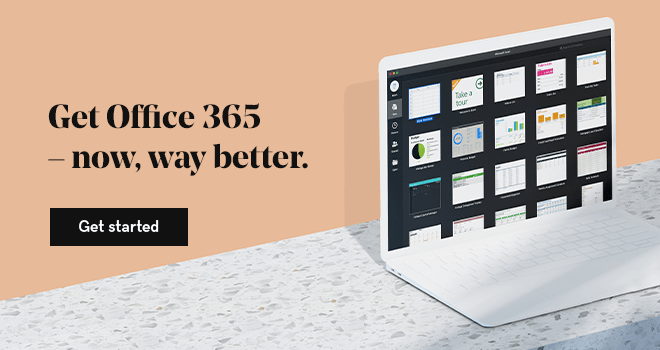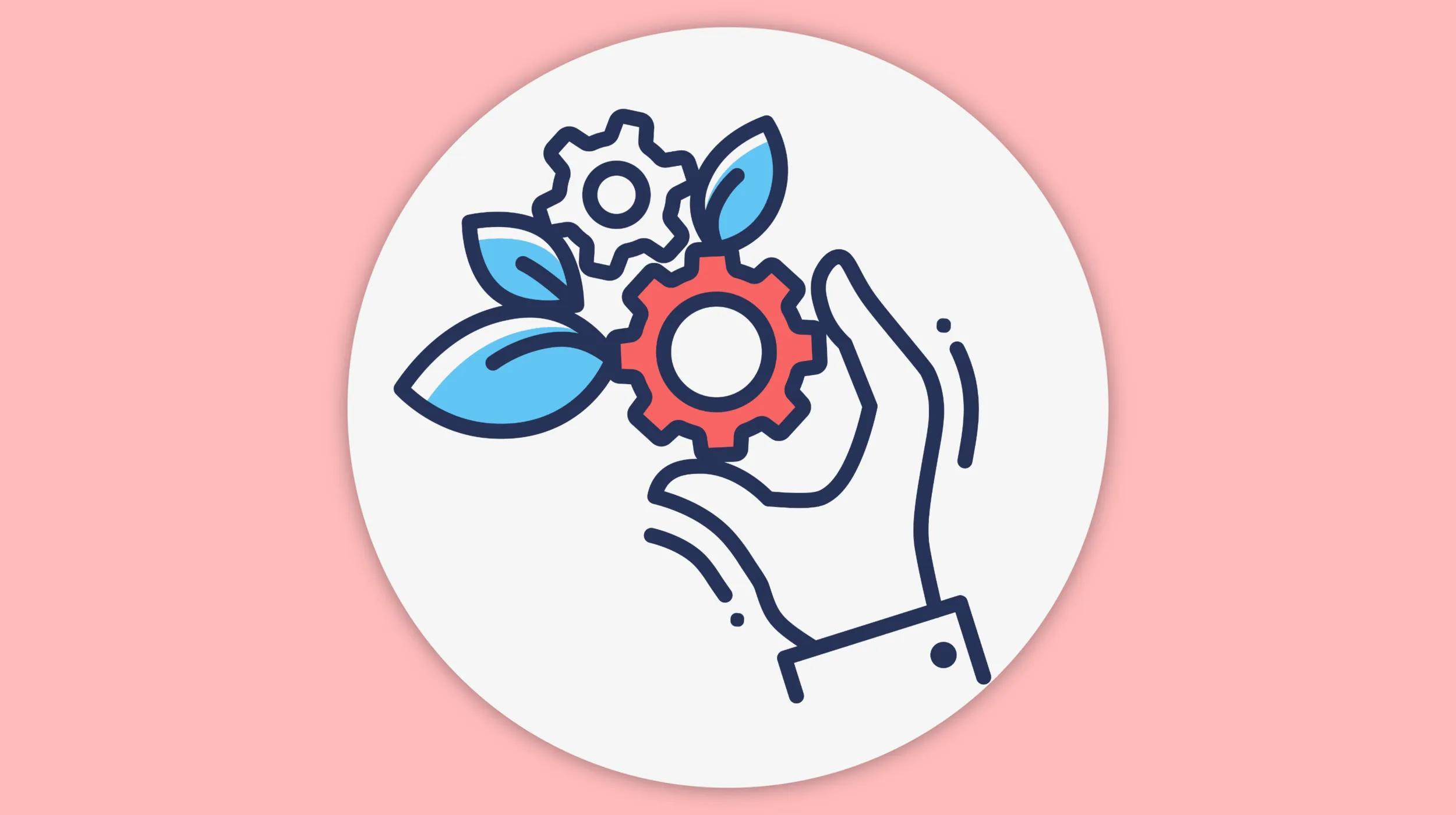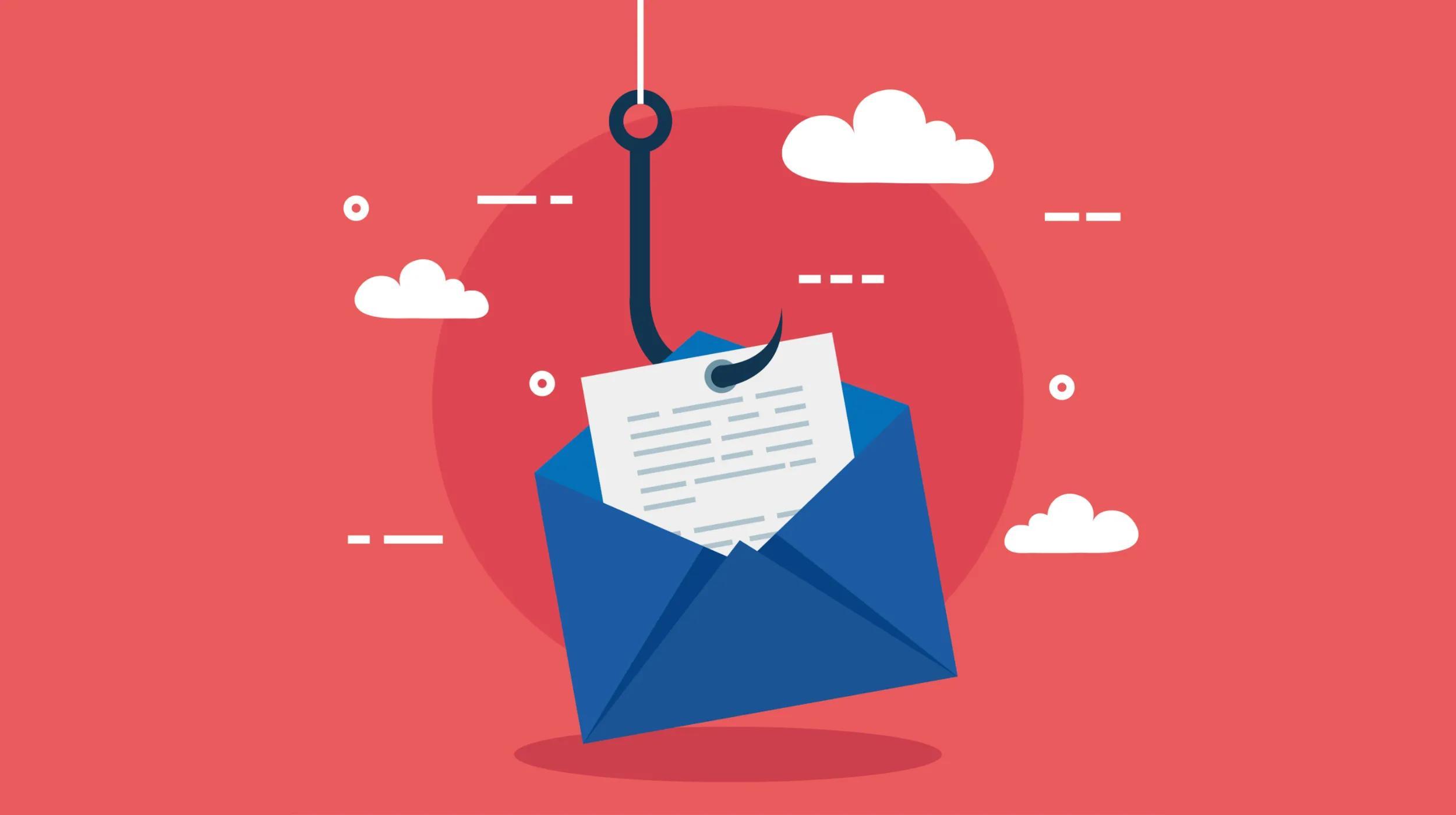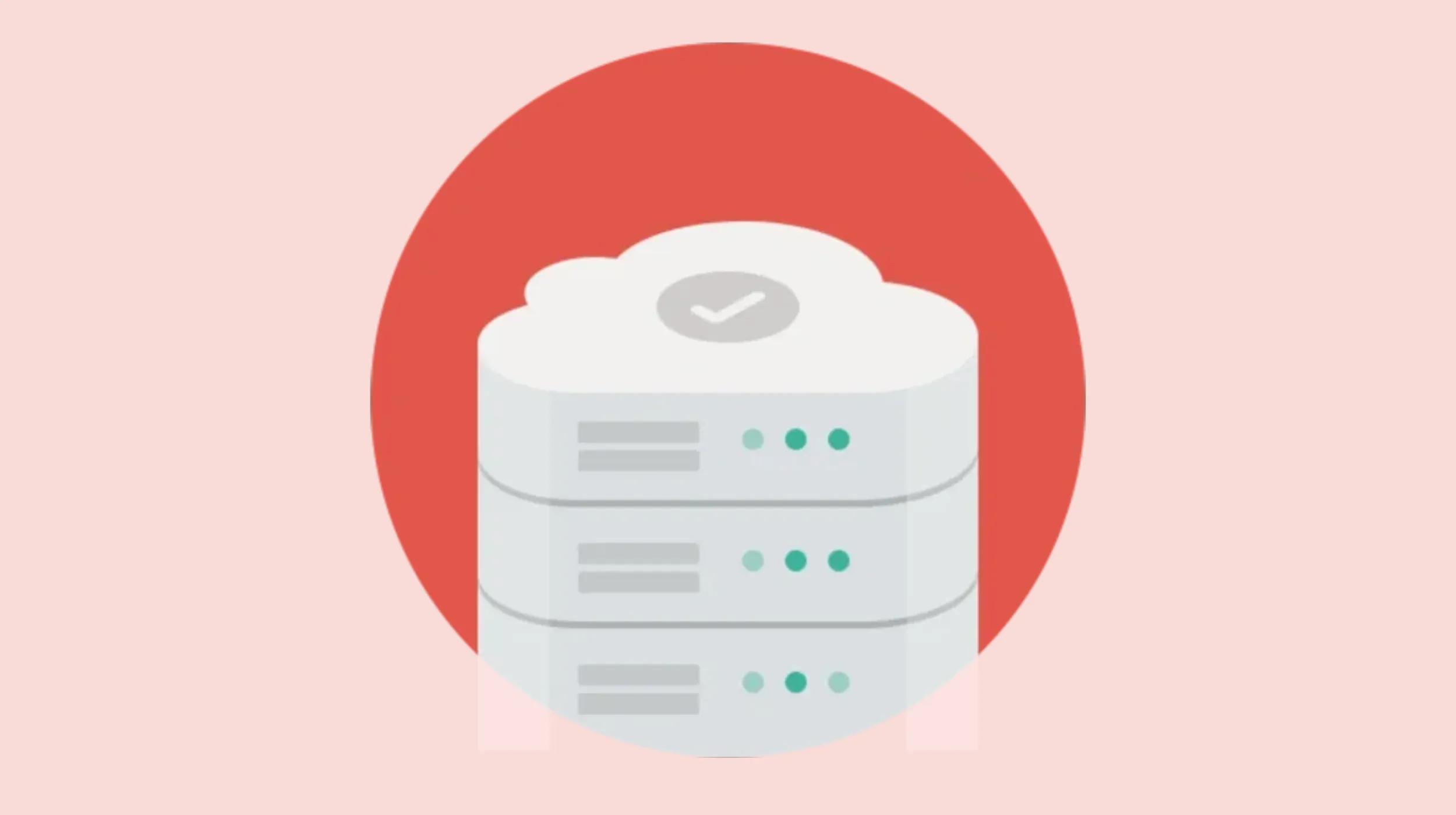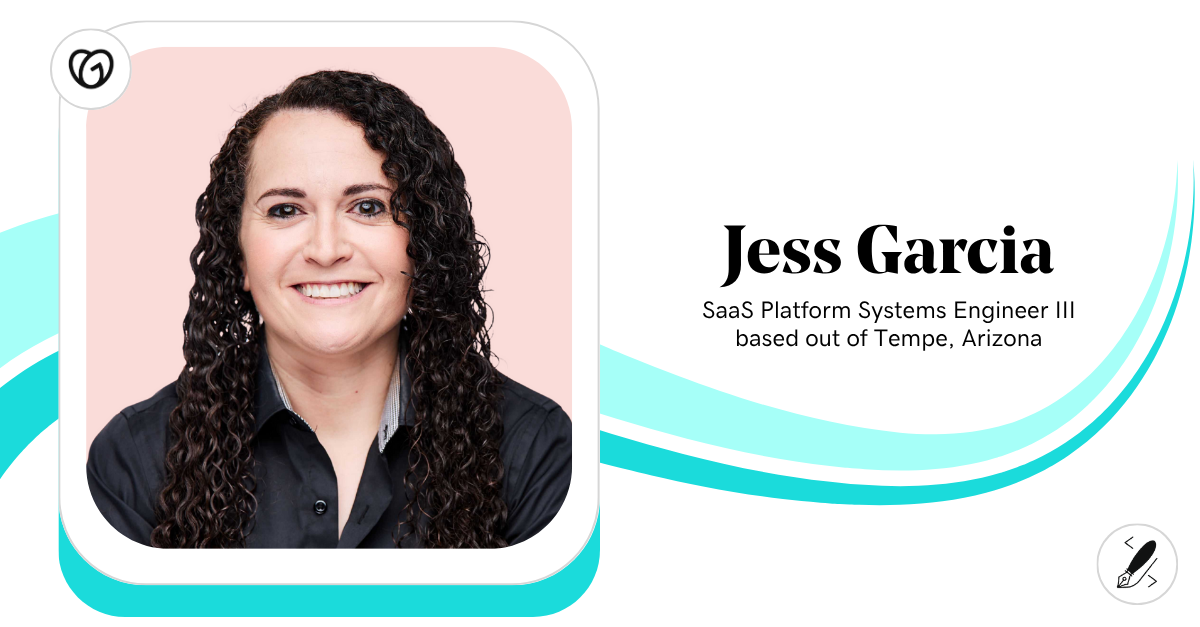As a geek, I tend to measure technological progress by the yardstick of changes in computer specs. In 2005 the standard RAM offered with an Apple iBook was 512MB, and the standard networking was a 56k v.92 modem or 100 megabit per second Ethernet card. Today, the standard RAM offered with a MacBook is 8GB (16x), and standard networking is 1.3 (13x) gigabits per second. Over the past 15 years, our physical technology has evolved rapidly, and we’ve seen innovations in everything from electric cars to at-home delivery. We’ve watched once-beloved products — 8-track, anyone? — fade into the store shelves of history. Far and wide, we’ve abandoned outdated technologies in favor of faster, more agile tech.
But email’s still here.
Even with iMessage, SnapChat, Slack, messengers of all sorts (Skype, Facebook, etc), and video calling, email is still our go-to communication tool. By 2016, it’s predicted that the total number of emails sent and received per day will increase by 3 percent to 201.4 billion.
So, why is a seemingly antiquated technology like email still growing in usage while so many other technological innovations have been replaced by their spiffy successors? Email thrives and will continue to flourish as an important component of business communication because it is reliable and adaptable.
Reliable, adaptable messaging
A lot has been written about the proper length of emails. It seems that everyone has an opinion about the amount of words, format and salutations that should be used in a message. The truth is, email has stayed on the map because it’s the jack-of-all-trades.
A trending message type within my workgroup lately has been the one-liner-EOM email. It’s as quick as an SMS, but it’s persistent and unintrusive. It says to the recipient, “hey, I’ve got something quick to say, but it’s not so earth-shattering that I need to call or SMS you right this second.” In contrast, I regularly receive emails from others who pack a thesis into their message. I appreciate these messages because I can read and re-read certain points and have plenty of context to make decisions.
When communication is persistent and allows for any amount of detail, it’s great to know that once it’s sent, the recipient will be able to retrieve the information for as long as they want in all of its glorious detail.
Highly customizable consumption
If you’ve ever wanted to check your SnapChat messages from your computer, I’m afraid you’re out of luck. Certain communication tools are only designed for particular technologies. Email is different because you can access it from practically any device (even a Chumby). You can live your entire life using email only as a simple filing system, or you can enhance your email experience with an number of apps — such as apps that help append contact or social media information, or that assist with customer relationship management (CRM). There are even email apps that will help you find your phone in a pinch.
Indeed, because of its versatility, there’s plenty of room for email to become even more useful in the future. You don’t have to look far to see innovations already being seeded in the world’s most ubiquitous technologies. For instance, iPhone now has an option to trigger a notification if an email is sent from a select list of important VIP subscribers.
No, email is far from dead.
If you’ve got an opinion about this post, send me a tweet @ifyouwillit, and I’ll most certainly get an email notification so I know to respond right away.
